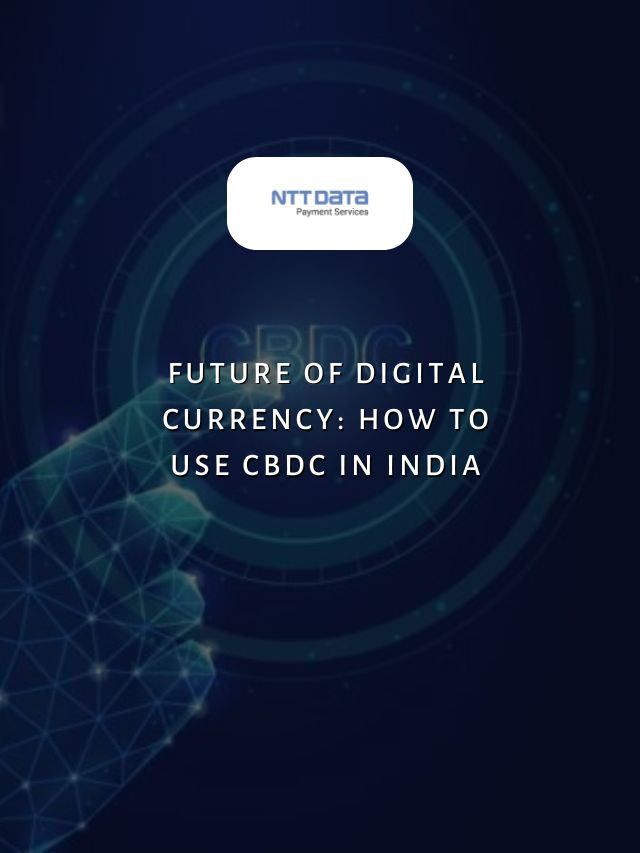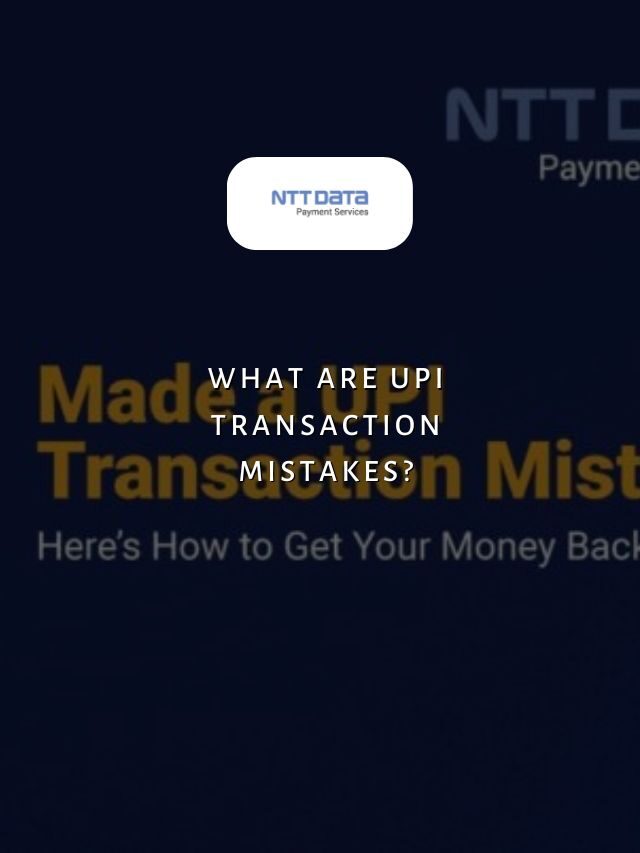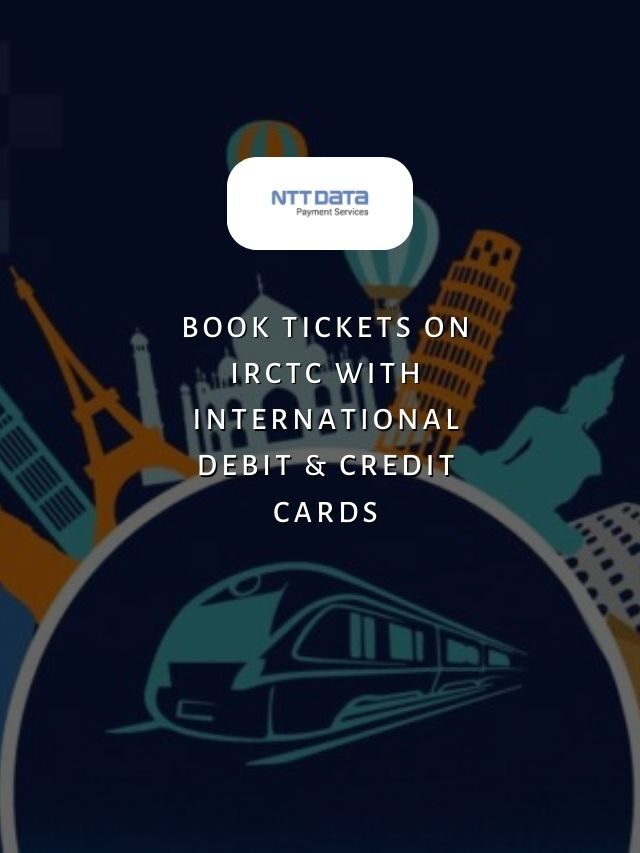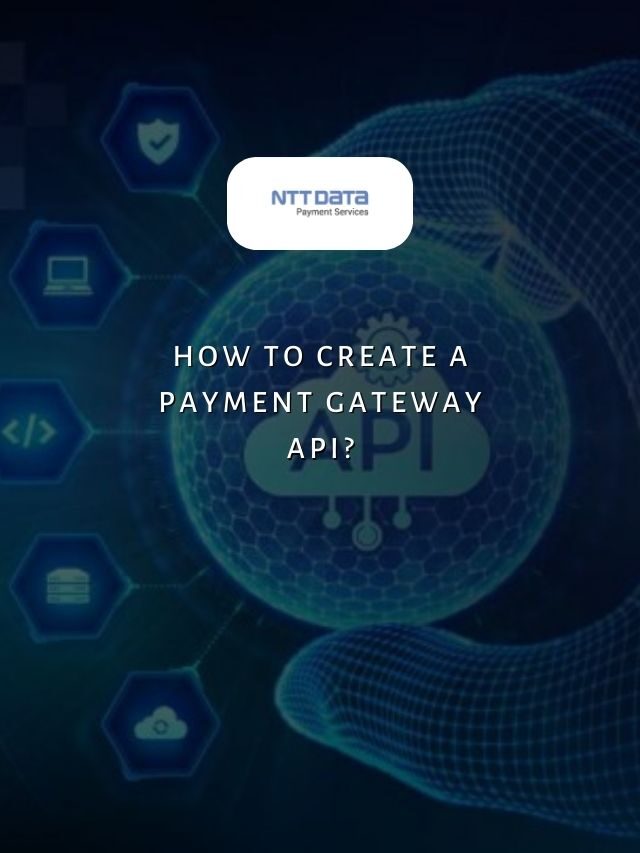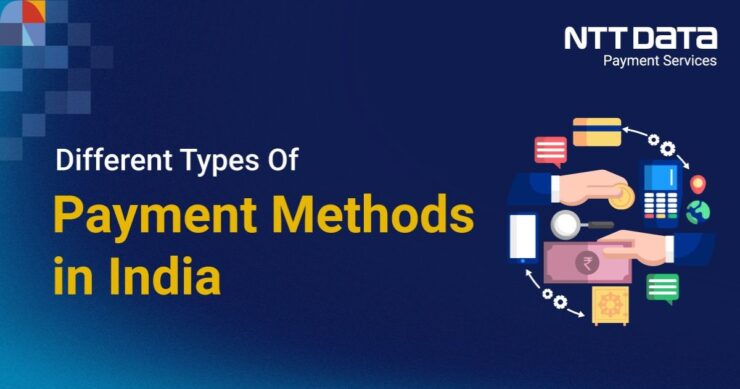
Table of Contents
India has seen a significant transformation in how payments are made over the last decade. In this blog, we will discuss the various types of payment methods available in India.
Understanding the payment methods in India
With rising internet penetration and smartphone usage, digital and contactless payments have grown tremendously in India over the past few years. Various government initiatives like Digital India have also encouraged cashless transactions.
According to RBI, digital payments in India grew 90-fold in 12 years. India accounts for 46% of all digital payments worldwide, and UPI transactions now account for 80% of all digital payments in India. This showcases people’s rising acceptance of new-age payment technologies.
However, cash is still widely used in the country for its convenience and reach. India has a diverse population with varying digital literacy levels. Hence, a combination of cash and digital methods co-exist to ensure maximum payment options. Let’s take a deeper look at the top payment methods available in India.
Recent Web Stories
What are the different types of payment methods in India?
Here are the 13 most popular payment methods used in India currently:
1. UPI
Unified Payments Interface has become the most used instant real-time payment system in India, with over 117.6 billion transactions in 2023. It revolutionised digital payments in India by facilitating real-time bank-to-bank money transfers using a virtual payment address.
UPI has made digital payments simple, safe, and accessible for a large section of the population. Users can pay merchants, split bills, request/collect money, pay utility bills, recharge phones, etc., using UPI.
2. Net Banking
Internet banking, or net banking, allows users to perform basic banking activities like funds transfers, bill payments, checking account balances, etc. It provides a convenient digital channel for various types of payments without visiting a branch.
It is commonly used for utility bill payments, money transfers to other bank accounts, shopping online, etc. Net banking requires users to have a savings/current account and register for the service.
3. Digital Wallets
Mobile wallets have emerged as some of the most popular types of payment methods in India in recent times. They allow users to make digital payments directly from their bank accounts using their mobile numbers. Mobile wallets offer quick peer-to-peer money transfers and merchant payments via scanning QR codes.
They have helped expand digital payments to tier 2/3 cities and rural areas by eliminating the need for credit/debit cards and Internet banking. Mobile wallets offer additional benefits like cashback, deals, and bill payments.
4. Pay Later
Pay Later is an emerging and innovative payment option available in India. It allows consumers to purchase high-value items and split the payment into multiple interest-free installments, making the items more affordable.
Rather than paying the total amount upfront, Pay Later services divide the payment into smaller parts to be paid over time. Buy Now, Pay Later has significantly improved access to credit for many while offering a hassle-free payment experience.
5. Cheque
Cheques allow payments to be made without physically exchanging cash. However, cheques take time to clear and are not ideal for instant transactions. With the rise of digital payments, cheque usage is declining in India. Though declining, cheque payments are still used heavily for high-value business-to-business transactions, rent/bill payments, etc., due to the legal protection they offer.
Cheques are now mostly used for large-value B2B transactions, bill payments, etc. Some key features of cheque payments include the ability to post-date cheques, issue bearer cheques, and stop payment if cheques are lost.
6. Credit Card
Credit card usage has grown steadily over the years. Credit cards offer consumers interest-free credit periods and reward points while providing merchants with instant payments. Some major credit card networks active in India include Visa, Mastercard, American Express, and RuPay. Credit cards can be used both online and at physical stores for payments.
7. Debit Card
Debit cards are the most popular payment method after cash in India, issued by all major banks. They work like ATM cards and allow customers to make payments directly from their bank accounts.
Debit card transactions offer instant payments without credit risks. Popular debit card networks in India include Visa, Mastercard, RuPay, and others. Debit cards can be used at ATMs, online, and at physical stores for payments and cash withdrawals. Their usage has grown significantly with the proliferation of PoS machines.
8. AutoPay
India has adopted several innovative payment methods that have made transactions more convenient for consumers. One such method is Autopay, which has become quite popular for recurring payments.
Autopay allows businesses to directly debit customer bank accounts on due dates for automatic payments of utility bills, subscriptions, EMIs and more. This ensures timely payment of obligations without any hassle for the customer.
Customers simply need to provide a one-time authorization to the business for auto-debiting from their account on the pre-set dates. It has benefited both individuals and organisations by reducing late fees and streamlining cash flows.
9. IMPS
Immediate Payment Service (IMPS) is an instant inter-bank electronic funds transfer service developed by the National Payments Corporation of India (NPCI). It enables real-time funds transfer between banks through mobile phones, internet banking, and ATMs.
IMPS supports small-value transactions and is used for utility bill payments, money transfers to contacts, etc. While UPI has overtaken IMPS in terms of usage, IMPS still provides a convenient option for instant bank transfers.
10. Prepaid Payment Instruments (PPIs)
PPIs are payment instruments that can be used to purchase goods and services, transfer money, or withdraw cash as per predefined limits without directly accessing the bank account. Popular examples of PPIs in India include prepaid gift cards, prepaid wallets, travel cards, etc.
They provide an alternative to cash and cards for small-value transactions. PPIs are regulated by RBI and offer a safe and convenient payment mechanism.
11. NEFT/RTGS
National Electronic Funds Transfer (NEFT) and Real-Time Gross Settlement (RTGS) are digital modes of inter-bank fund transfers facilitated by RBI. While NEFT handles high-volume, low-value transactions in batches, RTGS processes high-value transactions individually in real time.
Both NEFT and RTGS require the remitter’s bank account number, IFSC code and beneficiary bank details. They are commonly used for large B2B payments, such as salary credits, vendor settlements, etc.
12. EMI
EMI is a financing option that allows consumers to purchase expensive items through affordable monthly payments. Rather than paying for something like a new smartphone or home appliance all at once, EMI breaks the total cost into equal monthly installments over a fixed period of time, usually 6 months to 5 years.
This makes high-value items more accessible for many Indians by reducing the large upfront cost. The installment amount includes both a portion of the principal amount and interest, making it an easy and convenient way to pay for big-ticket items over time.
13. QR
QR codes have become one of the most popular payment methods in India. By simply scanning a merchant’s QR code displayed at the store, customers can make contactless payments through UPI or digital wallets in just a few seconds.
This QR or quick response code, payment method allows hands-free transactions and eliminates the need for cash. It has made payments more convenient and accessible for both merchants and customers.
Access the Best Online Payments with NTT DATA Payment Services
As digital payments continue to rise rapidly in India, it is important for businesses to offer their customers safe, secure and seamless payment options. NTT DATA Payment Services provide best-in-class payment gateways, processing solutions and value-added services to enable organisations to accept both online and in-store payments securely and compliantly.
NTT DATA Payment Services offers a complete payment solution to advance both your offline and online businesses from,
- Online Payment Gateway in India
- POS machines
- IVR payments
- Mobile applications, and
- Bharat QR Scan and Pay
We ensure maximum comfort, convenience, and safety for all your payments.
Conclusion
The Indian payments industry has seen tremendous growth in digital transactions over the past few years with rising smartphone and internet penetration. A combination of cash and digital methods co-exist to ensure maximum payment choices for customers across income segments. UPI has led the digital payments revolution in India with its ease of use.
While cards, net banking and wallets are also popular digital modes, cash still dominates due to deep penetration in the country. Emerging options like BNPL are also gaining ground. With strong government support, the types of payment methods in India will continue to evolve at a rapid pace in the coming years.
| Also, you can get frequent updates on nttdatapayments Instagram page. |
Types of Payment Methods: FAQs
1. What are the most popular digital payment methods in India?
The most popular digital payment methods in India are UPI, net banking, digital wallets, credit cards and debit cards. UPI has become the most used payment system due to its simplicity and ease of use.
2. Despite growth in digital payments, why is cash still popular in India?
Cash is still popular in India due to its wide acceptance and convenience for small ticket purchases. It also caters to those with low digital literacy levels, and cash transactions ensure the inclusion of all income segments.
3. What are the advantages of UPI payments?
Key advantages of UPI payments include ease of use, the ability to pay anyone with a UPI ID, real-time money transfers, and the option to pay bills, recharge phones, split bills and request/collect money. It has made digital payments accessible for all.
4. How do NEFT and RTGS payments work?
NEFT handles high-volume, low-value transactions in batches, while RTGS processes high-value transactions individually in real time on a live basis. Both require account numbers, IFSC, and beneficiary details for fund transfers between banks.
5. What is Autopay, and how does it help customers?
Autopay allows automatic debiting of customer bank accounts on due dates for recurring payments like utility bills, subscriptions, EMIs, etc. This ensures timely payments without hassle for customers who provide one-time authorisation to businesses.

